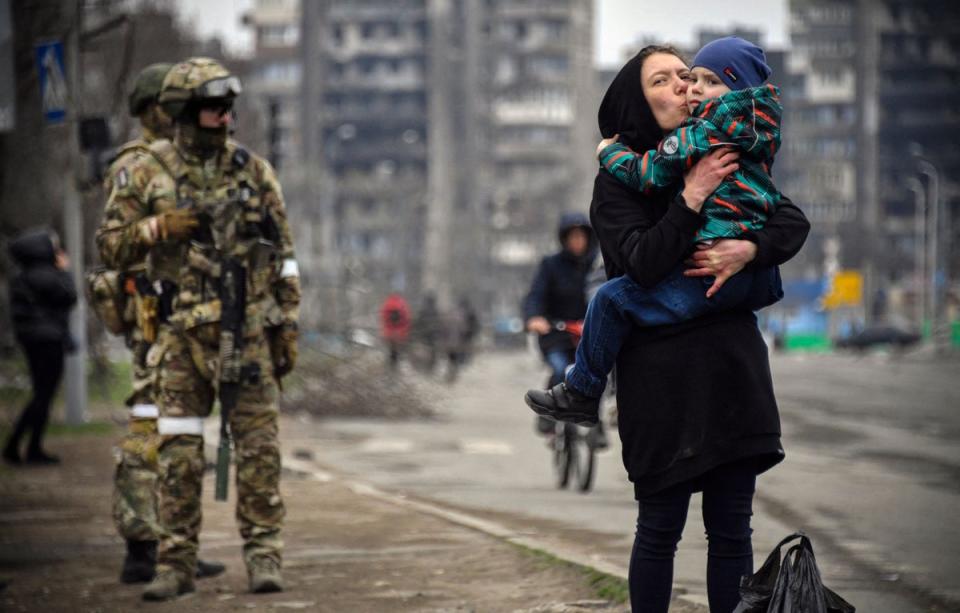Ukraine war produced more emissions than Netherlands in a year, new report claims
The war in Ukraine has produced more emissions than the country of Netherlands does in a year, a new report has claimed.
The report, published on Thursday by Ukraine’s environment ministry in collaboration with climate NGOs, claims the war, now in its third year, has led to the emission of about 175 million tonnes of carbon dioxide, equivalent to annual emissions produced by 90 million cars or the whole of the Netherlands.
The number includes emissions already released and future emission from work to repair the destruction caused by the war.
The report details some of the major activities that have caused these emissions.
“Billions of litres of fuel used by military vehicles, a million hectares of fields and forests set ablaze, hundreds of oil and gas structures blown up and vast amounts of steel and cement used to fortify hundreds of miles of front lines,” it says.
Hundreds of thousands of people have died and millions have been displaced as Russian and Ukrainian armies have engaged in the largest land war in Europe in 80 years.
The report, which aims to quantify the war’s carbon footprint, involved climate researchers from Ukraine and abroad.
It uses a measure called the Social Cost of Carbon to calculate the approximate financial cost of the additional emissions.
“The total climate damage that the Russian Federation has caused after 24 months of the war amounts to more than $32 billion,” it claims.

The report says the war emissions could be divided into three thirds – military activity, steel and concrete needed to rebuild damaged infrastructure, and disparate factors including fires and movements of people.
“In the early months of the war, the majority of the emissions were caused by the large-scale destruction of civilian infrastructure requiring a large post-war reconstruction effort,” the report notes.
“Now, after two years of war, the largest share of emissions originate from a combination of warfare, landscape fires and the damage to energy infrastructure.”
Military activity caused as much as 51.6 million tonnes of carbon emissions, the report estimates, attributing 35.2 million tonnes to fuel consumption by Russian forces and 9.4 million tonnes by the Ukrainians.
Among the largest consumers of fossil fuels, the world’s militaries account for 5.5 per cent of greenhouse gas emissions, according to a 2022 estimate by international experts.
According to the Ukrainian report, the war has significantly increased the frequency of landscape fires in affected areas.
It says a million hectares of land have been scorched by 27,000 war-related fires, causing the equivalent atmospheric damage of 23 million tonnes of carbon dioxide.
The report also calculates that the closure of airspace over Ukraine and parts of Russia and restrictions on the use of Russian airspace by certain airlines have created over 24 million tonnes of CO2 of additional emissions.
“Restrictions or caution has largely cleared the skies above some 18 million sq km of Ukraine and Russia, adding hours to journeys between Europe and Asia that consume additional fuel,” it says.
Earlier, a report found that Israel’s war on Gaza has generated 420,265 to 652,552 tonnes of carbon dioxide so far, equivalent to burning more than 1.5 million barrels of oil.
Additional reporting by agencies

 Yahoo News
Yahoo News 
